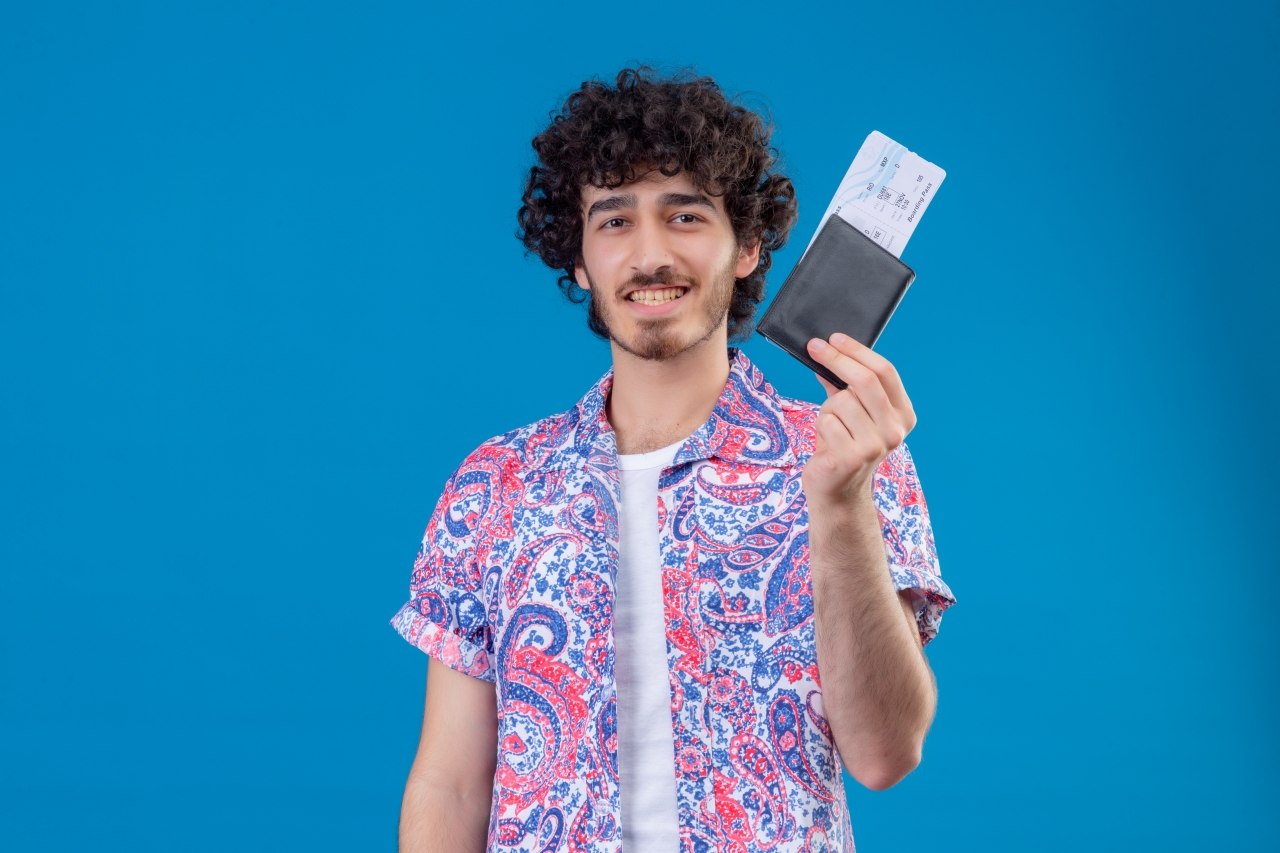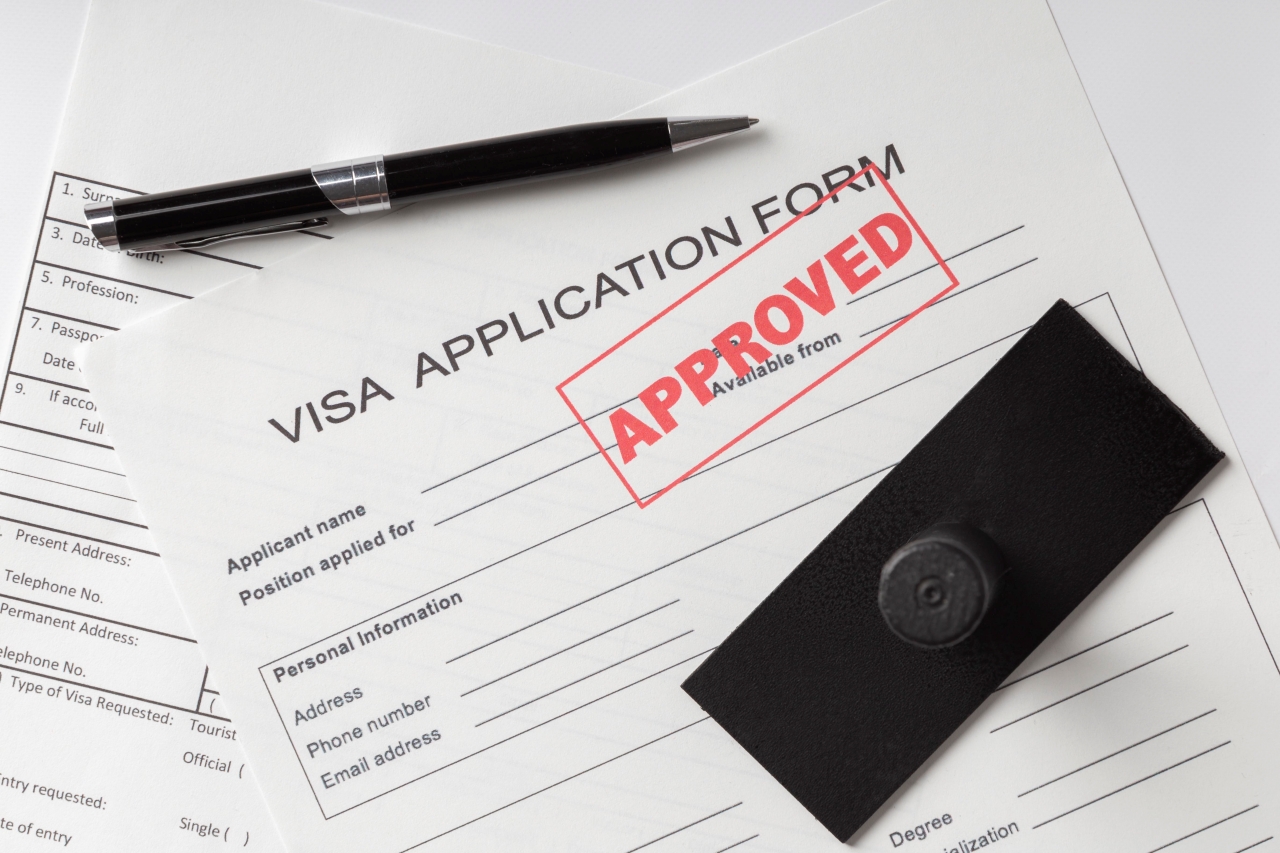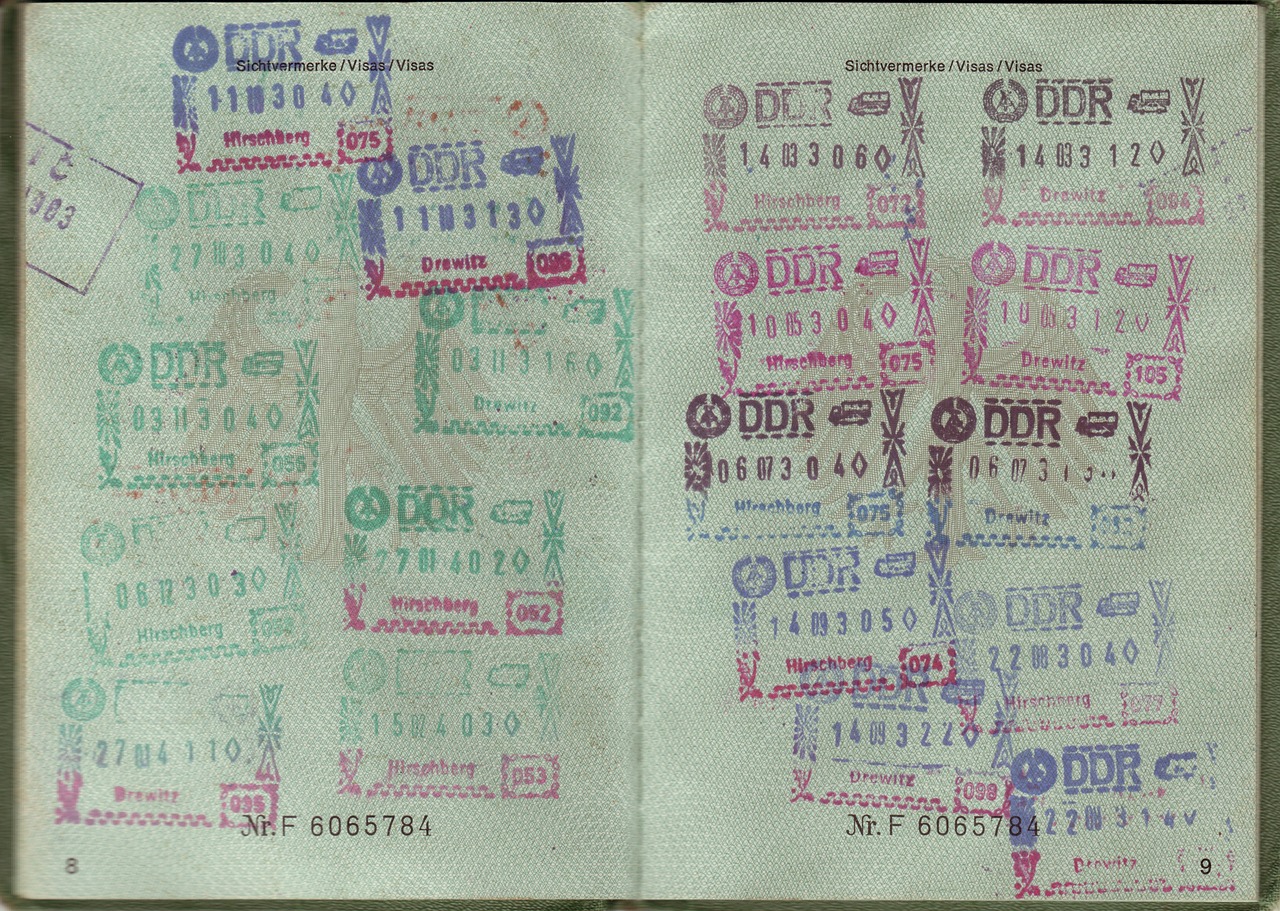Nowadays, travel has become easier than ever before for Pakistani citizens. Technological advancements have unlocked global borders and offer more accessible and efficient ways to explore the world. But the question is, which type of visa will make your trip easier, and which could cause more hassle?
For Pakistani citizens, there are two main options available. These are the traditional visa and the eVisa. But how do you decide which one would be the best for your trip? Should you go digital with an eVisa or stick to the tried and true traditional visa? In this article, we’ll dive into the key differences, advantages, and drawbacks of each type to help you make the right choice.
The Best Visa Option for Pakistani Citizens While Traveling
If you’ve ever traveled abroad, you obviously know that navigating the visa process can be a bit of complicated and difficult, like solving a riddle. And let’s face it, nobody wants to deal with the hassle of a complex, time-consuming visa application. Unfortunately, visas are non-negotiable if you’re traveling internationally.

To avoid hassle, it’s required for Pakistani passport holders to know their options. Whether you’re heading to Dubai for vacation or New York for business, you can choose between a traditional visa from the embassy or a convenient eVisa. Each one has its pros and cons, and picking the right one can make all the difference in ensuring a smooth trip.
To decide which visa is best for you, you’ll need to consider three key factors, as in, your destination, the date of departure, and how long you plan to stay. So, let’s break it down.
Understanding the eVisa
What is an eVisa?
Imagine you are applying for a visa without leaving your couch. Doesn’t it sound quite convenient to you? That’s exactly what an eVisa offers. An eVisa is an electronic travel authorization that allows you to apply for a visa online. For Pakistani citizens, this process is a total game-changer. Those days are gone when you had to wait in long lines at embassies or consulates. An eVisa allows you to complete the entire process, from applying to receiving approval, all from the comfort of your home.

All you need is a stable internet connection, a handful of supporting documents, and a bit of patience. The process is entirely digital, and this is a great option for travelers who are short on time and comfortable using technology. While it’s a relatively new concept, more and more countries are offering eVisas to Pakistani citizens.
Advantages for Pakistani citizens
The Convenience
A major benefit of an eVisa is how easy it is to apply. You don’t have to visit an embassy or deal with a lot of paperwork. Everything happens online so that you can apply from anywhere, at any time.
All you have to do is fill out a form, upload your documents, and pay the fee, and you can do all of this from your computer or phone. There’s no need to book appointments or go anywhere in person, which is perfect for busy travelers.
Faster processing times
Another big advantage of an eVisa is that it’s usually quicker processing times than a traditional visa. Let’s be honest, waiting for a visa can be nerve-wracking, especially if your travel date is approaching quickly. In many cases, eVisas gets approved within a few days, allowing you to finalize your travel plans without unnecessary delays.
Countries offering eVisas to Pakistanis
Are you curious about which destinations offer eVisas for Pakistani citizens? More and more countries are now offering eVisas, making travel easier for Pakistani citizens. Over 30 countries provide this option, including popular destinations like the UAE, Azerbaijan, Turkey, Malaysia, and Sri Lanka.
If you’re planning to travel to one of these places or another tourist-friendly spot, there’s a good chance you can apply for an eVisa to make your trip smoother. The eVisa process is quick and convenient, saving you from embassy visits. For a full list of countries offering eVisas, be sure to check our Pakistan eVisas page.
Exploring the Traditional Visa
What is a traditional visa?
Almost all travelers know something about the traditional visa, it’s a bit old-school. This type of visa requires you to physically visit an embassy or consulate, submit your documents, and often go through an interview process.

While this process may seem old-fashioned compared to the easier eVisa option, many travelers still rely on traditional visas, especially when visiting countries with stricter immigration rules.
Advantages of Traditional Visa
A long list of Country Ranges
One major advantage of traditional visas is that they are accepted by a wide range of countries. While eVisas are becoming more popular, not every country offers them. Many places, especially in Europe and North America, still require Pakistani citizens to get a traditional visa. So, if you want to visit the United States, Canada, or most European countries, a traditional visa will be your only option.
Long-term and multiple-entry visas
Additionally, traditional visas often provide more flexibility. Unlike many eVisas, traditional visas often allow you to stay longer and enter the country multiple times. This makes them a perfect option for frequent travelers or those planning extended trips. If you travel for business or need to spend several months outside of your home country, a traditional visa might be the best option for you.
Comparison of eVisa vs. Traditional Visa
Now that we’ve covered the basics of both types of visas, let’s do a comparison of the two in parallel. Let’s find out which one comes out on top.
Processing time:
First, let’s talk about processing time. eVisas are generally much faster to process. Depending on the country, your eVisa can be approved within a few days or even hours in some cases.
In contrast, traditional visas can take several weeks or even months, depending on your destination and the type of visa you’re applying for.
Application process:
When it comes to ease, the eVisa is the clear winner. Here, everything is done online, so you don’t have to deal with the physical paperwork, in-person visits, or embassy appointments.
However, traditional visas require you to submit physical documents, attend interviews, and sometimes stand in long lines at embassies or consulates.
Cost differences:
Next, let’s consider cost differences. eVisas can often be cheaper than traditional visas, as they generally have lower processing fees.
However, if you travel often, a traditional visa, particularly the one that allows multiple entries, may save you money in the long term because you will not need to reapply for each trip.
Limited availability of eVisas:
While eVisas are extremely convenient. However, not all countries provide them to Pakistani citizens.
If your destination does not provide an eVisa option, you will need to go through the traditional visa process.
Strict digital requirements of eVisas:
While eVisas are so convenient, they do require certain digital submissions. Some countries ask for biometric data or specific digital documents to be uploaded. If you don’t have the right technology, this could be tricky.
Time-consuming process (Traditional Visas):
Traditional visas often require multiple steps. You might have to schedule appointments, attend interviews, and go back to the embassy to drop off or pick up documents. This makes the process slower, especially if you’re in a hurry.
Paperwork intensive (Traditional Visas):
One of the biggest challenges with traditional visas is the amount of paperwork. You’ll need to provide a lot of documents, like bank statements and proof of employment. In contrast, eVisas are much simpler when it comes to the paperwork required.
Which Option Suits Different Travelers?

The visa you choose will depend on the type of trip you’re taking. Since every traveler has unique needs, it’s essential to select the visa that best suits your circumstances.
Short-term travelers and tourists:
If you’re planning a short vacation or a quick business trip, an eVisa is likely the best option. It’s fast, convenient, and available for many nearby destinations. Popular vacation spots like the UAE, Malaysia, and Turkey all offer eVisas to Pakistani citizens, making it a perfect choice for tourists looking for a hassle-free experience.
Frequent business travelers:
If you often travel for work, a traditional visa might be a better option. You won’t have to renew for each trip because many provide longer validity and multiple entries. Though the process takes time upfront, it’s more convenient in the long run for frequent travelers.
Pilgrimage travelers:
Are you planning a pilgrimage tour? For religious trips like Hajj or Umrah, you’ll usually need a traditional visa. While Saudi Arabia offers eVisas for general tourism, pilgrimages require going through the traditional visa process.
Conclusion
Choosing between an eVisa and a traditional visa, it depends on where you’re going, how long you’re staying, and how soon you need to travel. eVisas are quick and easy for short trips, while traditional visas are better for longer stays or multiple entries.
Before you decide, be sure to check if your destination offers eVisas. We know the choice can feel overwhelming, but don’t worry, we’ve got your back. If you’re unsure, just visit our Pakistani eVisas webpage. It will be your guide for all things visa-related and will help make planning your trip as easy as packing your bags.


